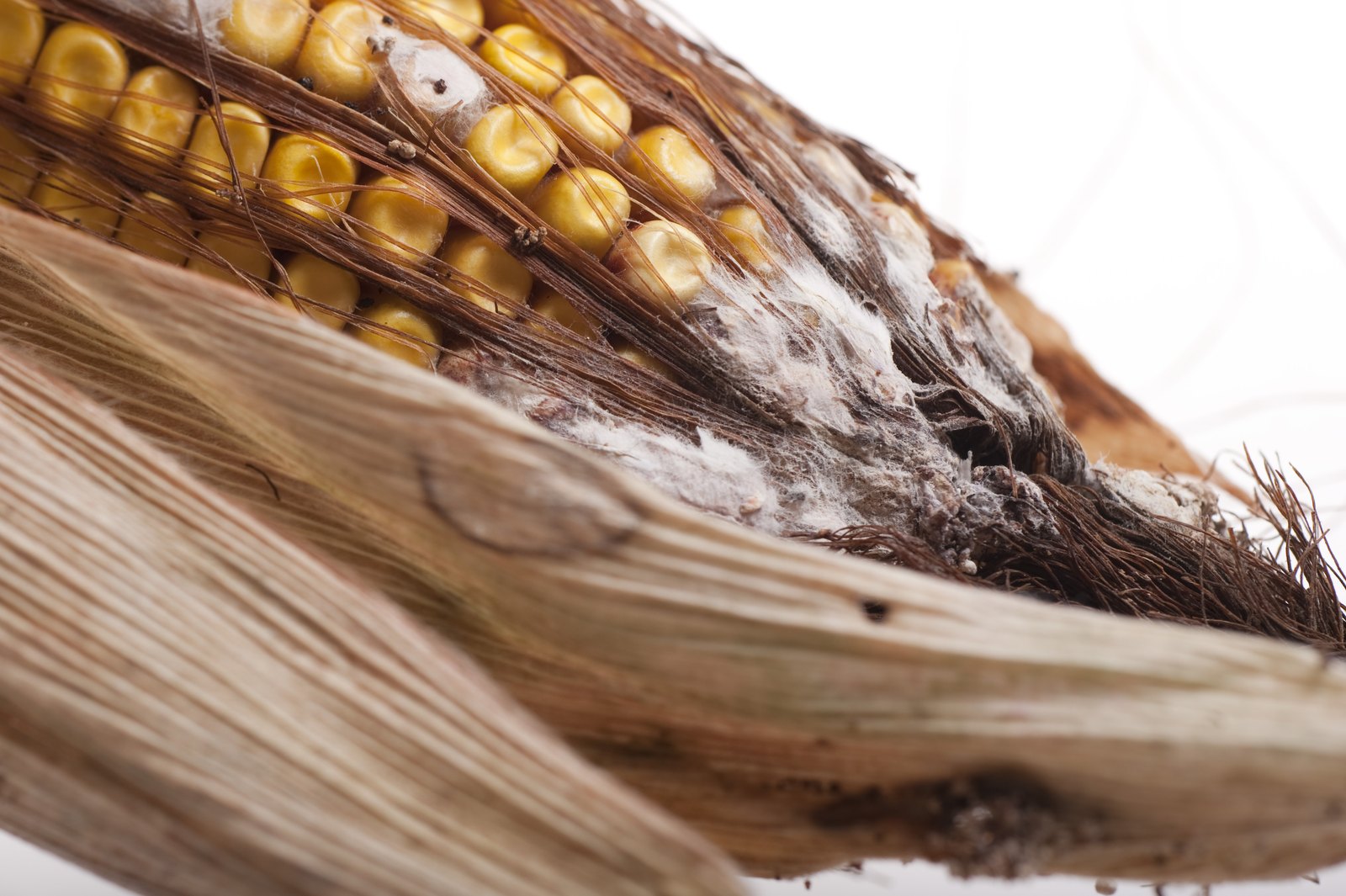Mycotoxin Survey Report 2012 (part I)

Scientists have been developing quicker, more reliable and economical analytical methods to identify a wider range of mycotoxins. As a result, a method is now available that can test a sample in 45 minutes and identify more than 320 different mycotoxins. Yet, understanding the impact of those previously unknown and invisible fungal metabolites is a new challenge. Until that is achieved, Biomin reports data on the occurrence of the well studied hazardous mycotoxins.
By Inês Rodrigues, technical manager, Biomin Singapore / Karin Naehrer, technical manager, Biomin Holding, Austria
To help the world understand the latest facts of mycotoxin contaminations, Biomin is conducting comprehensive annual mycotoxin surveys. In this edition and the next edition of AllAboutFeed, the survey results for 2012 are featured. This article summarises the result by region, and the next edition will elaborate on the results by commodity.
Methodology
From January to December 2012, a total of 4,023 samples collected worldwide were analysed for the presence of mycotoxins. In total, 14,468 analyses were carried out for the most important mycotoxins in terms of agriculture and animal production – aflatoxins (Afla), zearalenone (ZEN), deoxynivalenol (DON), fumonisins (FUM) and ochratoxin A (OTA).
In addition to these, European samples were analysed for T-2 toxin (T-2). A majority of the analyses were performed at Romer Labs Diagnostic (Austria), Romer Labs Singapore (Singapore), Romer Labs (USA) and Samitec (Brazil). Eighty eight percent of the samples were analysed by High Performance Liquid Chromatography (HPLC) and 12% by Enzyme Linked Immunosorbent Assay (ELISA), only applied in the European and North American labs. Non-detection levels were based on the quantification limits of the test method for each mycotoxin.
Tested positive
Figure 1 (see attached pdf) shows the percentage of positive results for each region and for each mycotoxin group. Figure 2 (see attached pdf)summarises the global total, showing significant contamination levels. Compared with 2011, a higher occurrence of fusariotoxins (ZEN, DON and FUM) was observed together with a slight decrease in Afla (Table 1– see attached pdf). Table 2 (see attached pdf)further summarises the prevalence of mycotoxins by region.
Asia Pacific
Relatively high average contamination levels of Afla in South and Southeast Asia and ZEN in North Asia are notified. Compared with 2011, an increased average level of DON in North Asian samples was observed. In Oceania, reduction of DON levels can be explained by the milder weather conditions for 2012 compared to the previous extremely rainy year. An overall increase in FUM levels is possibly correlated to the higher FUM levels in Brazil and Argentina, the major commodities exporters to Asia.
North and South America
In comparison with 2011, DON prevalence in North America was reduced from 50% to 37% but average levels increased to the world highest level with 2,827 ppb in 2012 from 919 ppb in 2011. Another remarkable change was a sharp increase in FUM prevalence from 27% in 2011 to 78% in 2012 as well as contamination level from 1,295 ppb in 2011 to 1,673 ppb in 2012. In South America, the situation remained similar to previous years, with FUM showing dominance in terms of prevalence and average levels.
Middle East and Africa
In the Middle East, the situation remained similar to previous years, with OTA and FUM showing higher prevalence. In Africa, 80% of all analysed samples were positive for Afla, and FUM was present in all samples tested.
Europe
Samples from Northern Europe were mainly analysed for ZEN, DON and T-2, as these were the major contaminants of commodities and feeds sourced from this region. Especially, contamination levels of trichothecenes (DON and T-2) were fairly high. In Central Europe, DON remained the most commonly occurring mycotoxin followed by ZEN. In Southern Europe, similar to previous years, FUM was the most prevalent mycotoxin, followed by OTA.











